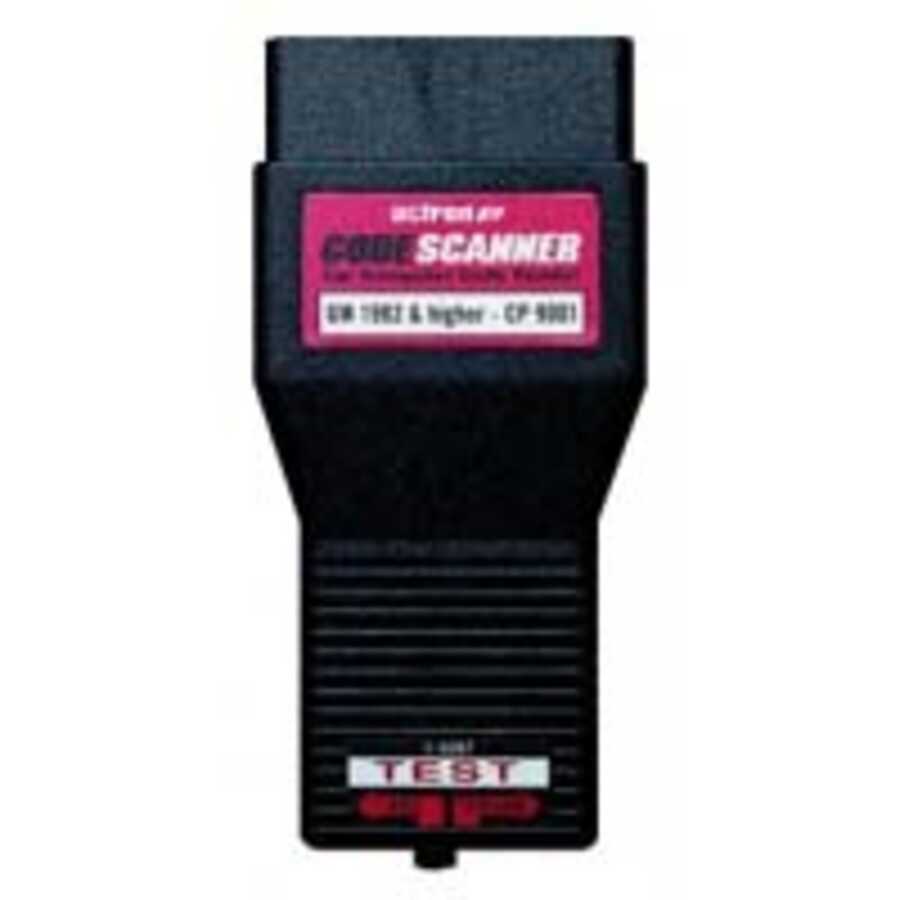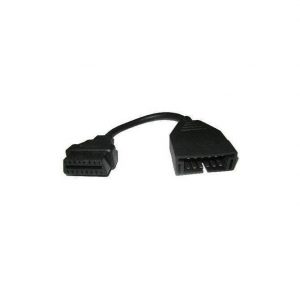


How to read an OBD1 code without a diagnostic tool?

Some chip adapters require soldering for installation (G2, G2X) but most do not (G1, G3, G4, G5). First, a “chip adapter” is used to convert whatever the ECM in question needs into a form that accepts a 28 pin EPROM. The process for tuning OBD1 GM products is pretty much the same for all 86-93 model years. GM OBD I Trouble Code Chart Code Description Code 12 No distributor reference pulse (diagnost Code 13 Oxygen sensor circuit open or no activit Code 14 Engine coolant temp sensor error (high t Code 15 Engine coolant temp sensor error (low te What kind of adapter do I need to tune an OBD1 GM?ĭiesels generally use the G5 adapter. 1994 - The state of California mandated that all vehicles sold in the state starting in 1996 must have OBD as recommended by SAE - now referred to as OBDII. What year did obd1 start?ġ991 - The state of California required all vehicles to have some form of basic on-board diagnostics. Some of the issues could be a faulty egr valve solenoid, overly high system voltage, a failing ecm, or a faulty voltage regulator. This code means that an unusually high level of voltage has been detected. If You own a Chevy Spark, You may eventually see the code 53 appear illuminated on Your dashboard. Release the odometer buttons and read the trouble codes from the digital odometer. How do I read my GM obd2 code without a scanner?ĭepress the odometer “Trip” and “Reset” buttons while simultaneously turning the ignition key “On” and “Off.” End with the key in the “On” position. All codes should start with code 12 which is one long flash followed by 2 short flashes. Turn your ignition key on with engine off and the codes should start to blink. To get the check engine codes to flash in your dash panel, use a jumper wire or a paper clip and connect terminals A and B of the diagnostic connector.


 0 kommentar(er)
0 kommentar(er)
